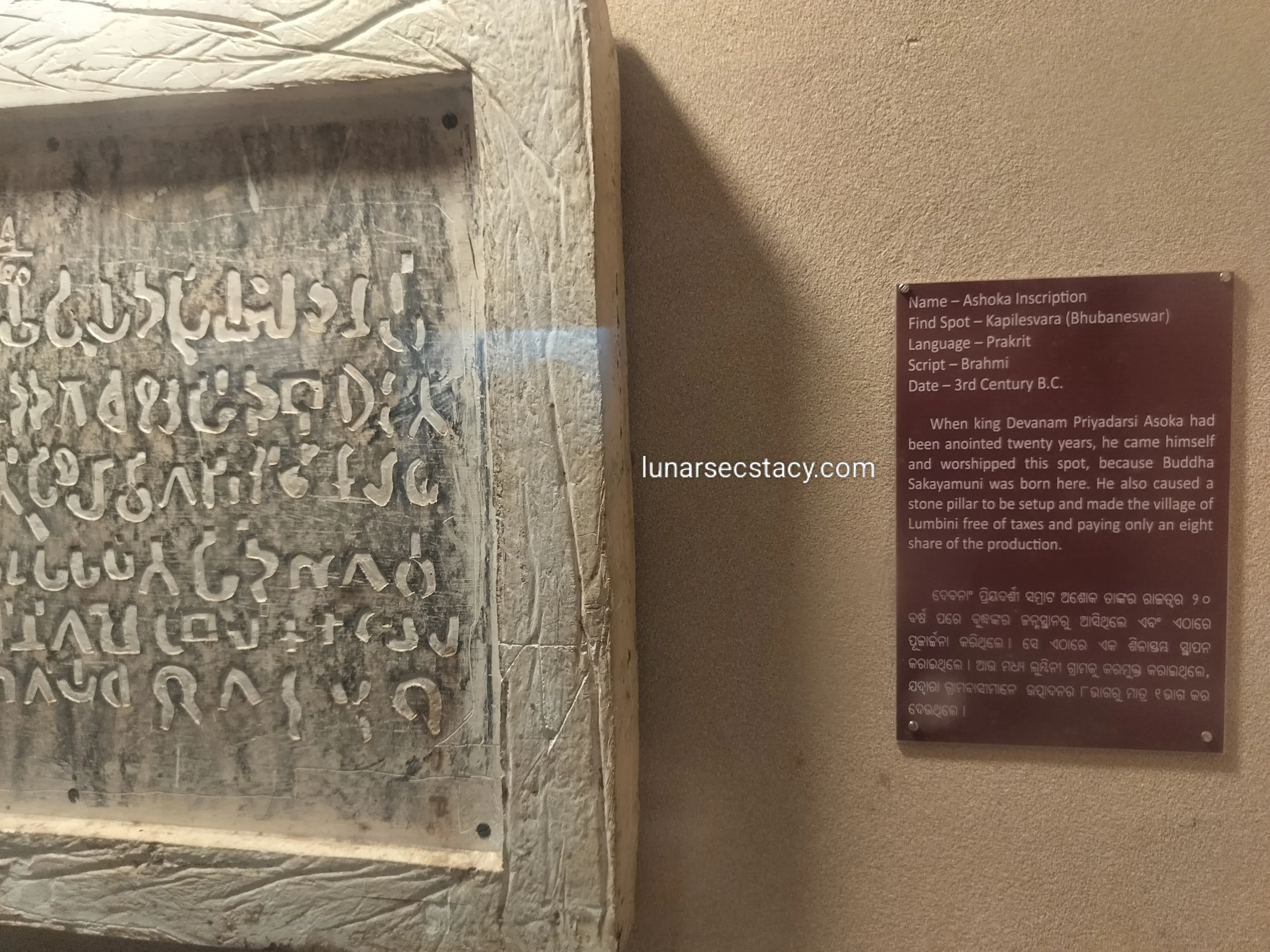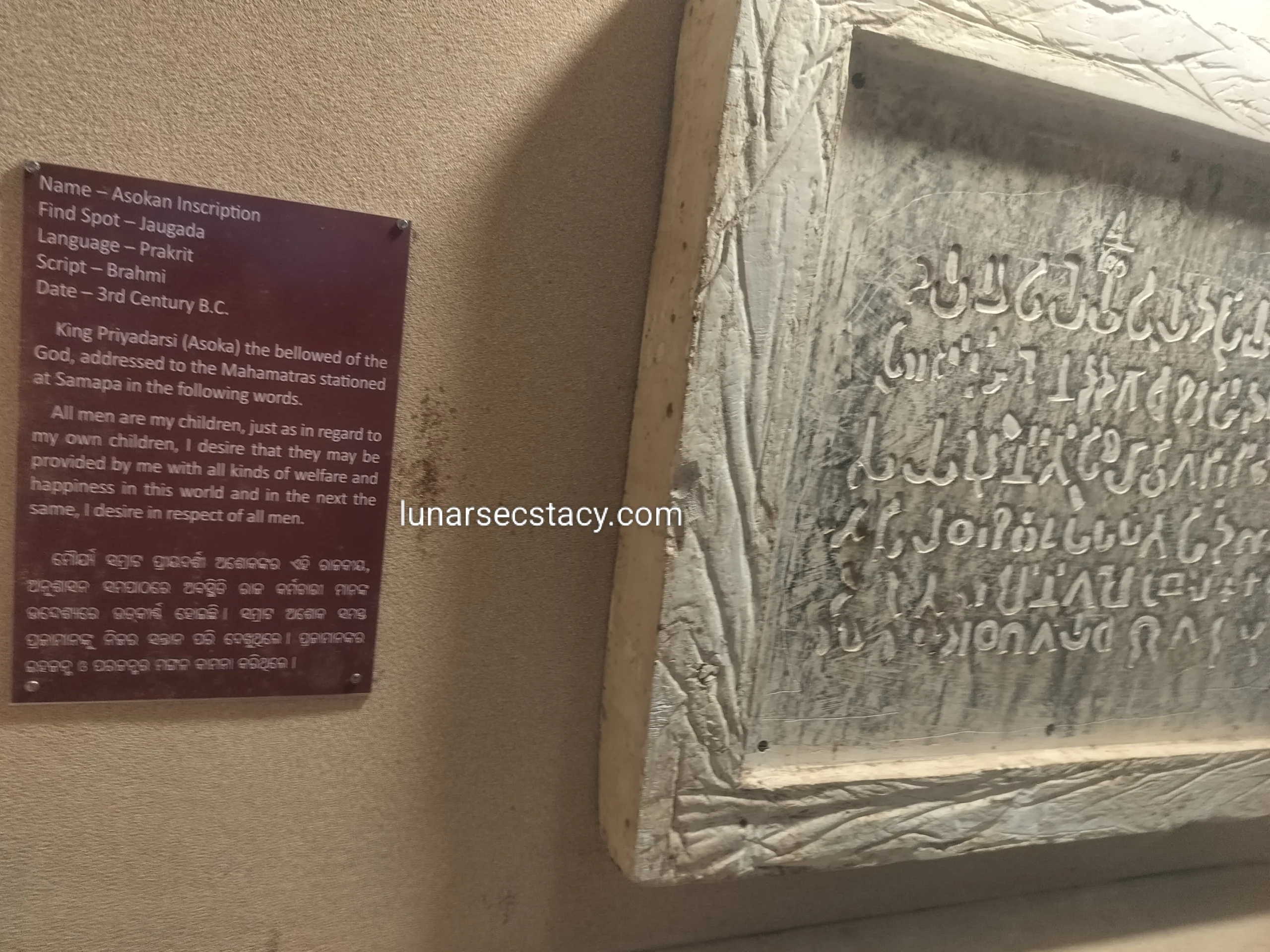Secrets Behind Rock Cut Inscriptions of Dhauli and Udayagiri
Rock Cut Inscriptions: Dhauli Vs Udayagiri
Do you have any idea about the location of the monolithic rock that accommodates the earliest rock cut architecture of India and the Ashokan rock cut inscriptions as well???
On the foot of the Dhauli hill near the city Bhubaneswar, Odisha, India , one can see the rock cut inscriptions of Ashoka and the forepart of a skillfully sculpted elephant hewn out of a huge rock. It seems as if an elephant is coming out of its cave and many people are of the opinion that this shows the symbolic representation of the entry of Buddhism into Odisha. It is dated to 261 B. C and it is commonly referred to as the earliest rock cut architecture of India. But Buddhism in Odisha is as primitive as Lord Buddha himself . According to early Binay text ( Buddhist literature), two merchants from UTKAL( Then name of modern day Odisha ) Tapassu and Bhallika, who were on their way to Madhyadesh with 500 trading carts met the Buddha under the peepal tree on the last day of the 7th week after his enlightenment and consequently became his first two disciples.
Dhauli
Hathigumpha, Udayagiri
Here I am posting the photos of the rock cut inscriptions of King Ashok ( Ist Image)at Dhauli ( Bhubaneswar) in 261 BC and that of King Kharavela ( Hathigumpha inscriptions,2nd Image) at Udayagiri hill ( Bhubaneswar) in the Ist CE. There lies a time gap of roughly around 250 yrs .
Image 1: Rock Cut Inscriptions of King Ashok ( Dhauli)
Image 2: Rock Cut Inscriptions of King Kharavela ,Hathigumpha,Udayagiri

Image 3: English pronunciation of each alphabet given
The inscriptions at Dhauli ( Ist image) were composed in the Prakrit language (in Magadhi, the dialect of Prakrit in Magadha) and written in Brahmi script. This was inscribed by the King Ashok who had embraced Buddhism just after the great bloodshed Kalinga war. It was because of his patronage, the then regional religion ‘Buddhism’ could become an international religion .
The Hathigumpha Inscription ( second image) is a seventeen line inscription in Prakrit language incised in Brahmi script in a cavern called Hathigumpha in Udayagiri hills, near Bhubaneswar in Odisha, India. It was inscribed by the Jain king Kharavela of Kalinga kingdom.
Here I wonder there is no use of Sanskrit language in those inscriptions….where as it is believed that the great book ‘Arthasashtra’, originally written in Sanskrit by Kautilya( also identified as Chanakya and Vishnugupta) was widely acclaimed during those times. For a more detailed account of events of those times, you can go through the following article.
Here I would like to present the image of another two inscriptions of Ashokan era. One was found in the Jaugada ( Ganjam District) and another was found in the Kapileswar village near Bhubaneswar.


Here one thought creeps in….why King Kharavela chose such a place ( Hathigumpha, Udayagiri) for engraving his inscriptions which is not far from the earlier existing rock cut Inscriptions of King Ashok at Dhauli ?? Dhauli always stands as a record of the embarrassing defeat of Kalinga in the hands of a Magadh ruler and the resulting spread of Buddhism in Odisha and subsequently in different South and southeast Asian nations.
Kharavela’s Hathigumpha inscriptions at Udayagiri appear to have been intended to counteract the Ashokan inscriptions at Dhauli.
In the event that Dhauli is a record of the loss of Kalinga, Udayagiri is the record of the triumph of Kalinga . Correspondingly on the off chance that the inscriptions of Dhauli is a record of the spread of Buddhism that of Udayagiri is the record of progress of Jainism. During the rule of Ashoka assuming that Buddhism was the state religion , during Kharavela Jainism was the state religion of the then Kalinga . The procurement of Kalinga Jina by a Nanda ruler of Magadh and its recuperation by Kharavela, all make-up a persistent story of political competition between the two strong neighbors of those times . The consistent competition was anyway not restricted to politics alone but at the same time was also sociocultural and religious in nature.
Dr. Manoj Mishra, lunarsecstasy@lunarsecstasy
